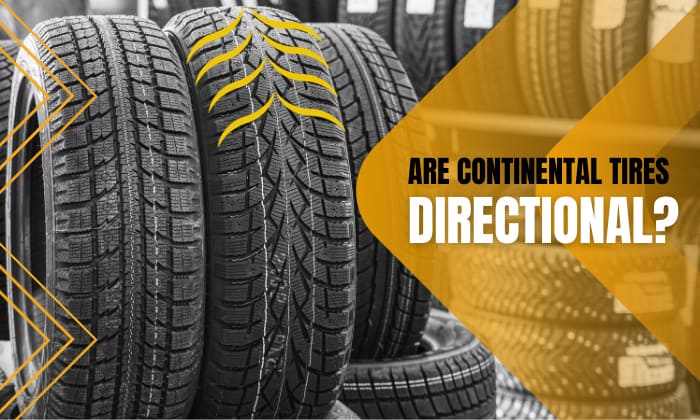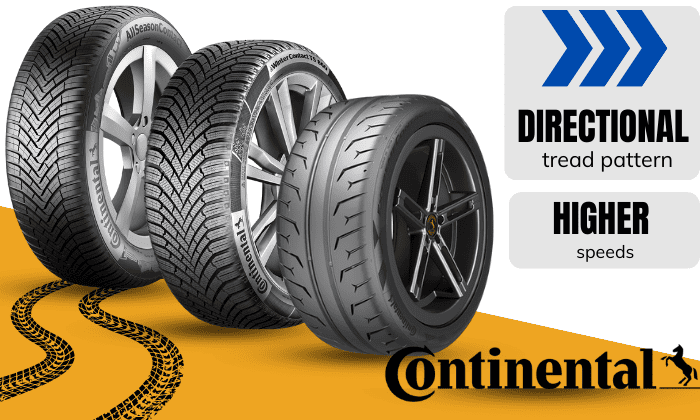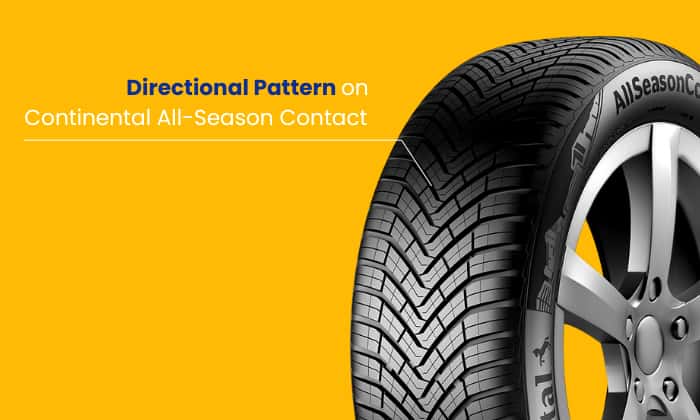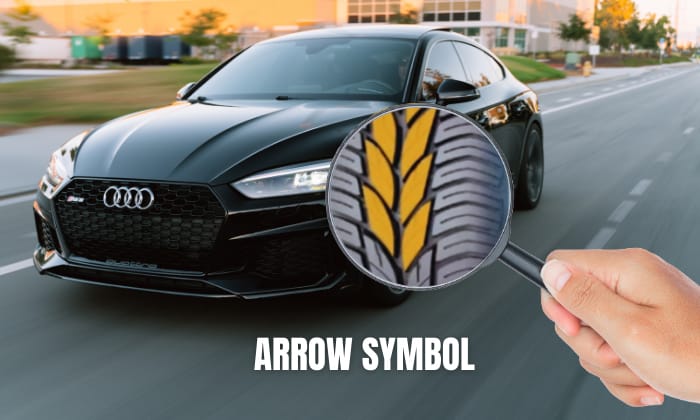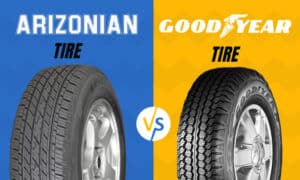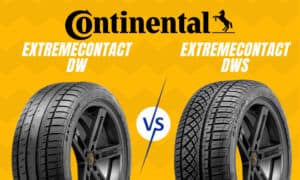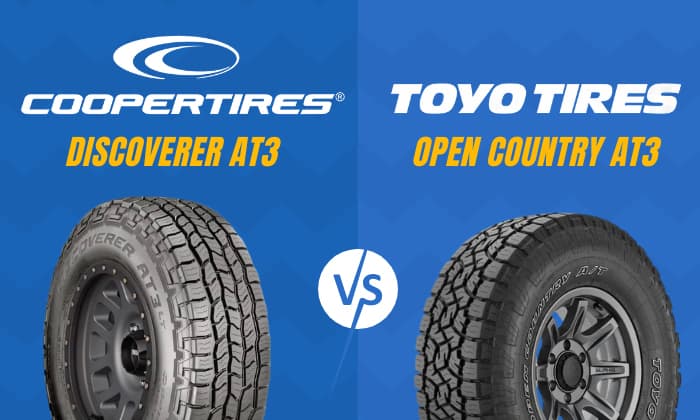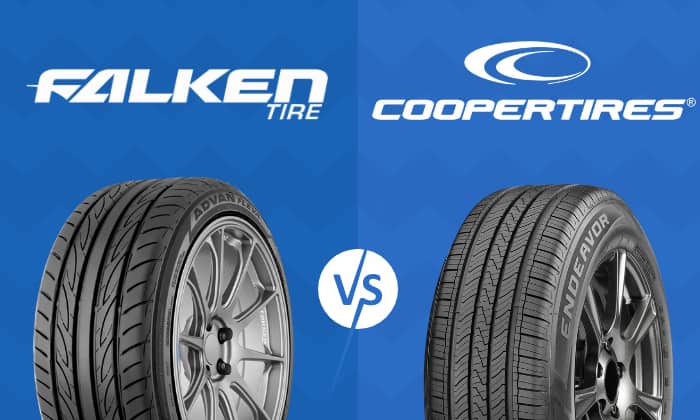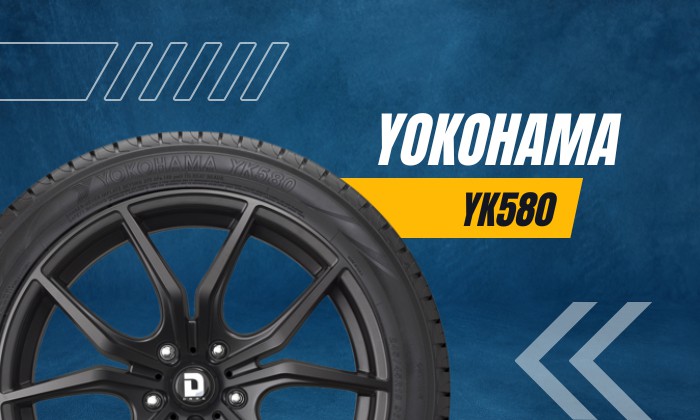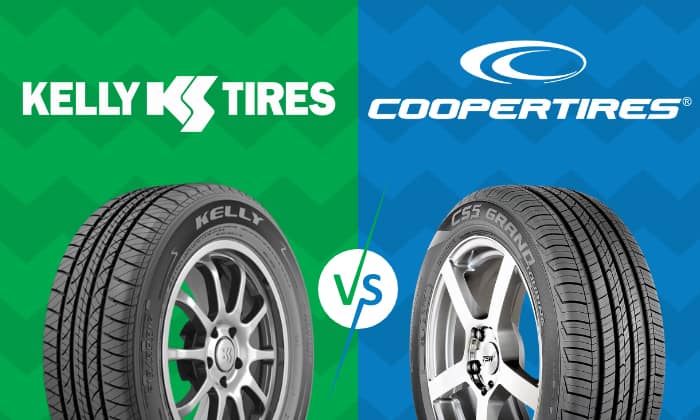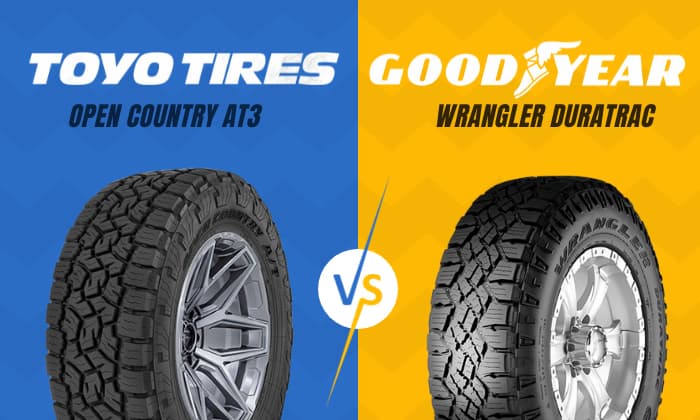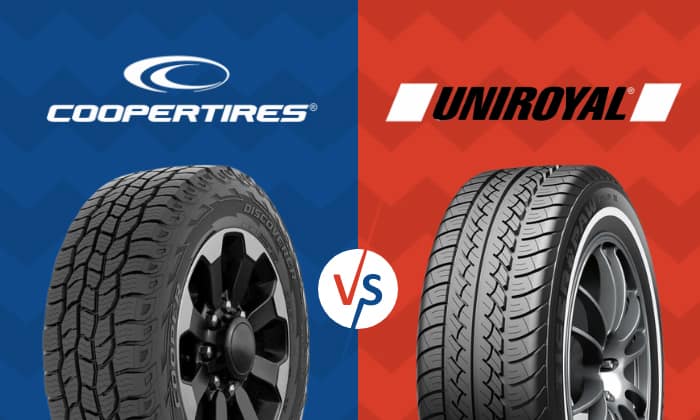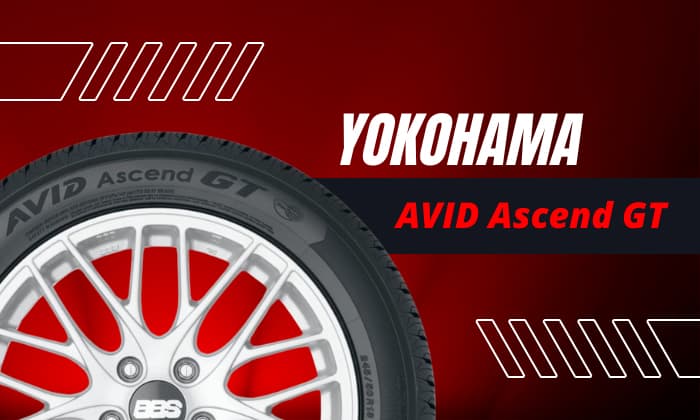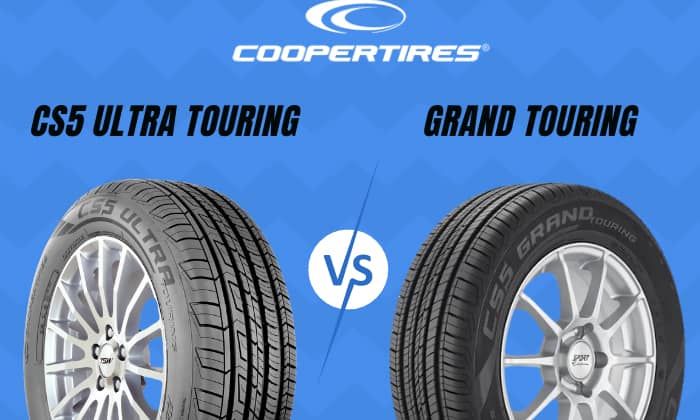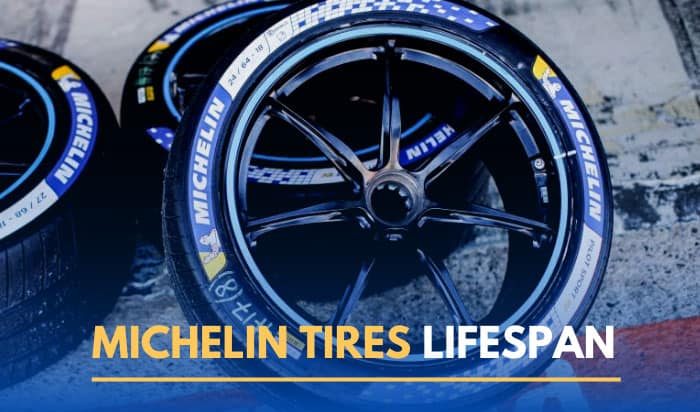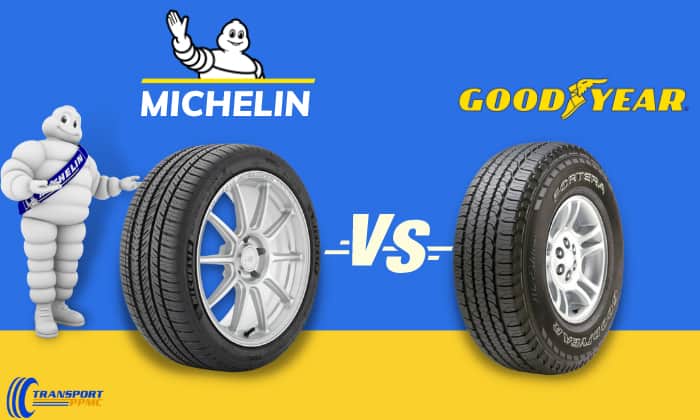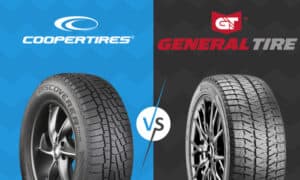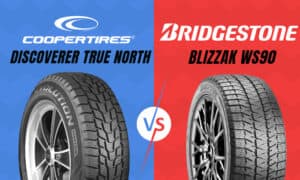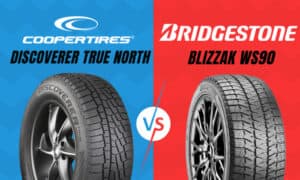There are generally two types of tread designs—directional and non-directional. Directional tires have a unidirectional design that’s meant to be mounted one way. Meanwhile, asymmetric tires don’t have a specific direction they must point to and are usually made up of shapes instead of arrows.
Considering the plethora of designs in the brand’s catalog, any would-be Continental consumer would definitely ask the question, “Are Continental tires directional?” And the answer is it actually depends on the tire. Read on and find out why.
Table of Contents
Which Continental Tires Are Directional?
If you’re looking for tires from Continental, there are definitely lots of options to consider.
Tire tread patterns are one of the most important features that a driver should think about, as they can have a significant impact on how your tires perform depending on how you use them.
In a nutshell, here’s the difference between directional and non-directional tires:
- Directional tire tread patterns have a design that only moves in one direction to form grooves that look like arrowheads. This design allows the tire to run at much higher speeds than asymmetric tires and be excellent at ejecting water.
- On the other hand, non-directional tires have no specific direction. From the tire blocks down to the tire ribs, you’ll notice that the design, while not random per se, follows a rather unique tread pattern with noticeable differences between the inner and outer tread.
Non-directional tires are considered more durable due to their thickness, but they have less impressive handling than their asymmetric counterparts. Non-directional tires are generally suitable for rear-wheel and front-wheel drive vehicles and can be mounted as front and rear tires in any direction.
Here’s a list of popular Continental tires that are directional and non-directional.
| Tire | Tread Pattern | Directional |
| Continental All-Season Contact | Directional | Yes |
| Continental Winter Contact TS 860 | Directional | Yes |
| Continental ExtremeContact DWS06+ | Multi-Directional | No |
| Continental ContiSport Contact 2 | Multi-Directional | No |
| Continental ContiProContact | Symmetric | No |
| Continental TrueContact Tour | Symmetric | No |
| Continental ExtremeContact Force | Directional | Yes |
How Do You Know if Your Tires Are Directional?
If, at first glance, the tread design of a certain tire is a little confusing, especially amidst the myriad of unique tread designs out there, there’s one surefire way to know if your tires are directional—their tire rotation direction mark.
It’s usually an arrow symbol that points to a certain direction and is found on your tire’s sidewall. This symbol is crucial, since it lets you know if your tires are mounted backward, which can have a drastic effect on the rubber’s performance.
Unlike directional designs, symmetrical tread patterns have no mounting limits and often have the word “SYM” on their sidewalls.
Meanwhile, non-directional asymmetric tires have the words “Inside” and “Outside” on their bodies.
Regardless of whether your tires are directional or not, if you rotate them yourself, be sure to have a rotation chart handy to make the process less confusing.
Benefits and Drawbacks of Directional Tires
- High wet traction
- Superb mud and winter performance
- Excellent at high speeds
- Cannot be rotated freely
- Shorter tread life
Conclusion
I hope we’ve shed some light on your lingering question, “Are Continental tires directional?” Judging by our findings, it actually depends on the model that you’re using. Continental has a vast array of designs, and each has its own unique tread pattern.
If you want something that’s fast with high aquaplaning resistance, then go for directional tires. However, if you value durability more than speed, a non-directional option might be more your fancy. At the end of the day, no tread design is 100% better than the other.



